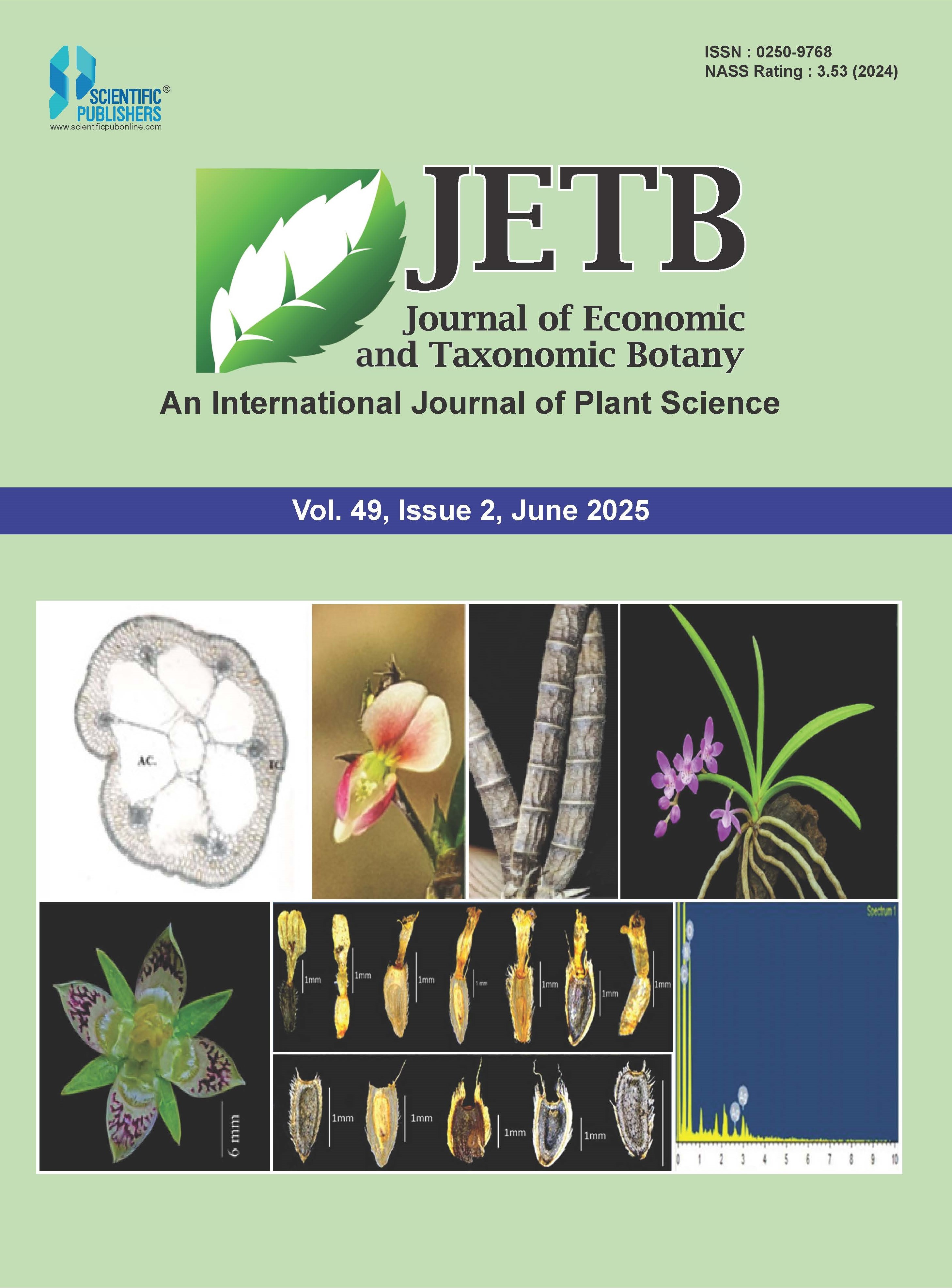Journal Details
Journal Name : Journal of Economic and Taxonomic Botany
Author : Vatsavaya S. Raju
ISSN : 0250-9768
E-ISSN : A/F
Journal Type : Subscription

Major Plant-Based Diet Of The Aborigine Tribes Of Andaman & Nicobar Islands
T. Chakrabarty





